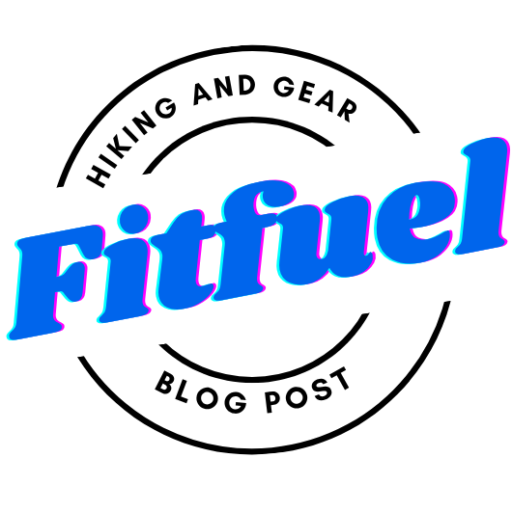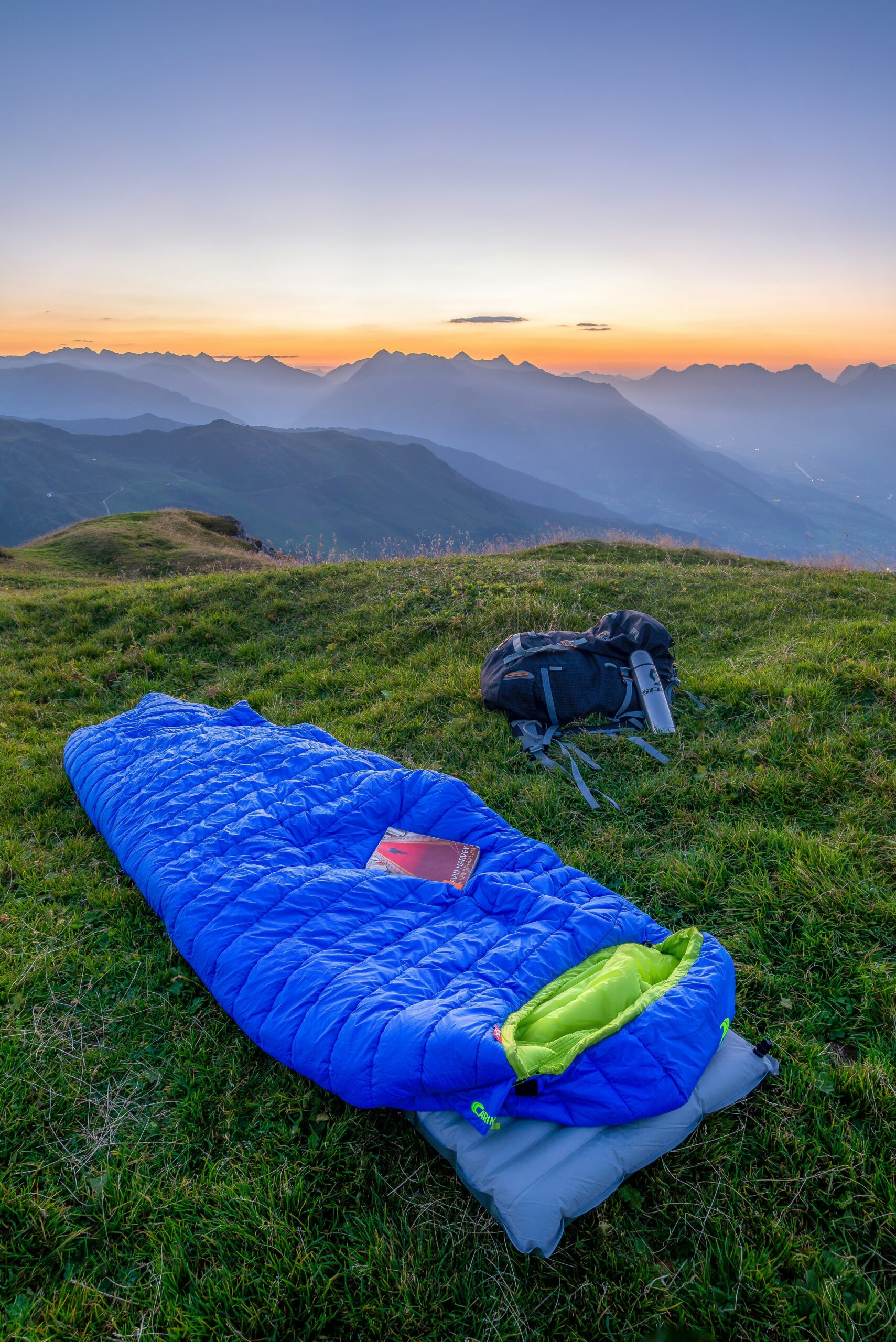Your Backcountry Cocoon: Why a Hiking Sleeping Bag is Crucial for Outdoor Adventures
Hey there, fellow outdoor enthusiasts! Rodrigo Maxwell here. From those cherished childhood nights sleeping under the stars near my home’s forest to the crisp, clear evenings in Zion National Park or the damp, cool mornings in Oregon’s waterfall country, I’ve learned one undeniable truth: a good hiking sleeping bag isn’t just about comfort; it’s about safety, warmth, and truly resting to recharge for another day on the trail.
You can conquer the toughest climbs and navigate the trickiest terrain, but if you don’t get quality sleep, your next day’s adventure is already compromised. And when you’re out in the wilderness, your sleeping bag is your lifeline against the cold, your personal cocoon of warmth that determines whether you wake up refreshed or shivering.
More Than Just a Blanket: The Science of a Hiking Sleeping Bag
Unlike the bulky sleeping bags you might have used for car camping as a kid, hiking sleeping bags are engineering marvels designed for the specific demands of the backcountry. They balance warmth, weight, and compressibility to ensure you stay cozy without breaking your back.
Here’s why investing in the right one is non-negotiable for your outdoor adventures:
1. Precision Warmth Ratings: Your Defense Against the Cold
Every hiking sleeping bag comes with a temperature rating, typically a “comfort” limit and a “lower limit.” This isn’t just a suggestion; it’s a critical guide.
- Understanding the Numbers: A 20°F bag means it’s designed to keep the average “cold sleeper” comfortable down to 20°F (comfort rating) or the “average male sleeper” alive and functioning down to 20°F (lower limit).
- Why it Matters: Underestimating the temperature can lead to a miserable, sleepless night, or worse, hypothermia. A quality bag matched to your expected night-time lows ensures you stay warm, even when desert nights in places like Red Rock drop surprisingly low, or mountain air bites through the deepest valleys.
2. Insulation Types: Down vs. Synthetic
The core of your sleeping bag’s warmth comes from its insulation.
- Down Insulation: Made from goose or duck plumage, down sleeping bags are celebrated for their incredible warmth-to-weight ratio and compressibility. They pack down tiny and are incredibly light for the warmth they provide, making them ideal for backpackers. However, down loses its insulating properties significantly when wet, and they’re generally more expensive. Look for “fill power” (e.g., 650-850+), which indicates the quality and loft of the down.
- Synthetic Insulation: Made from polyester fibers, synthetic sleeping bags retain much of their insulating power even when wet. They are also more affordable and hypoallergenic. The trade-off is they are generally heavier and bulkier than down bags of equivalent warmth.
- Your Choice: If you’re hiking in consistently damp climates (hello, Oregon’s Trail of Ten Falls!), or on a tighter budget, synthetic might be your friend. For ultralight backpacking or cold, dry environments, down is often the preferred choice.
3. Weight and Compressibility: Lightening Your Load
Every ounce counts when you’re carrying your home on your back.
- Less Weight, More Miles: A lightweight sleeping bag (paired with a light tent and pack) allows you to cover more distance with less fatigue, making your adventure more enjoyable.
- Packability: A bag that compresses down small frees up crucial space in your backpack for other essentials, or simply allows you to use a smaller, lighter pack.
4. Shape and Features: Your Sleep Style Matters
Sleeping bags come in various shapes, each offering different benefits:
- Mummy Bags: Tapered to fit close to your body, minimizing dead air space to heat, thus maximizing warmth for their weight. They’re excellent for efficiency.
- Semi-Rectangular/Barrel Bags: Offer a bit more room than a mummy bag, providing a balance of warmth and comfort for those who toss and turn a bit.
- Quilts: A popular ultralight option, quilts are essentially sleeping bags without the back, relying on your sleeping pad for insulation underneath. They offer maximum freedom of movement and incredible weight savings.
- Features to look for: Draft collars (to seal in warmth around your neck), full-length zippers (for venting), hood design, and internal pockets for small items.
5. Durability and Care: Longevity on the Trail
A good sleeping bag is an investment. High-quality shell fabrics are designed to be tear-resistant, and proper care (like storing it uncompressed when not in use) will significantly extend its lifespan.
Sleep Soundly, Hike Strong
Your hiking sleeping bag is the cornerstone of a successful multi-day adventure. It determines not just your comfort, but your safety and your ability to recover and perform each day. By understanding the essentials – temperature ratings, insulation types, weight, and features – you can select a bag that perfectly matches your adventure style and the environments you love to explore, from the desert to the damp forests, ensuring every night under the stars is restorative and unforgettable.
Best sleeping bags for Camping https://amzn.to/4ejwCjd
Camping sleeping Bags for Adults. https://amzn.to/3G8XbuG



